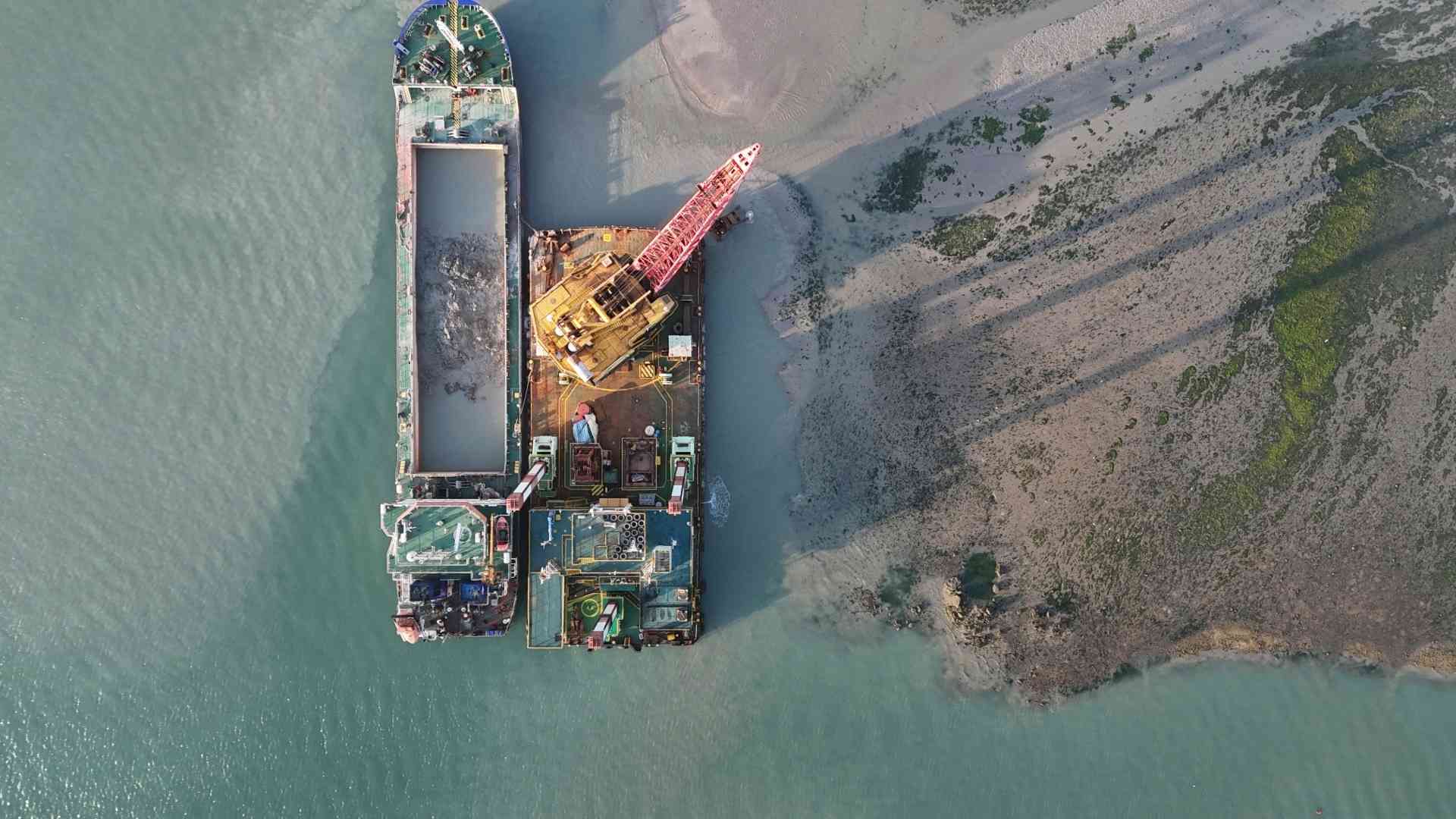Introduction
The City of Two Rivers, Wisconsin, is moving forward with plans to address a growing concern at the mouth of its harbor: sediment buildup is threatening navigation, commercial fishing, and recreational boating. After federal harbor dredging operations were postponed until 2027, city leaders have taken matters into their own hands by applying for state funding to fast-track the much-needed project.
The move comes as sedimentation in the harbor channel—where the East Twin and West Twin Rivers converge before flowing into Lake Michigan—continues to worsen, making access increasingly difficult for vessels of all kinds.
Harbor Dredging Delayed by Federal Authorities
For decades, harbor dredging in Two Rivers was managed by the U.S. Army Corps of Engineers as part of routine federal maintenance of navigable waterways. These operations are vital to removing accumulated sand, silt, and sediment that reduce water depth and hinder safe vessel movement. Unfortunately, the Corps recently postponed Two Rivers’ scheduled dredging until 2027, citing funding limitations and project prioritization.
For a working harbor that supports both a local commercial fishing fleet and an active recreational boating community, a delay of this magnitude has serious implications.
“Winter is especially hard,” said Captain Kolba, a local commercial fisherman. “The surge in the river—we hit the bottom in the wintertime when the waves are so big. We need to keep it dredged out, you know, deeper.”
Kolba fears that if harbor dredging doesn’t take place within the next year or two, the consequences could be devastating. “We’d be done fishing. We’d be done fishing,” he stated plainly.
City Applies for State Funding
In response to the federal delay, the City of Two Rivers submitted an application on August 1 to the Wisconsin Department of Transportation’s Harbor Assistance Program (HAP). The goal: secure funding for a local dredging initiative to clear the channel before the federal government can step in years later.
The total estimated cost of the project is $1 million, according to the city. If approved, HAP funding could cover the majority of that cost. However, the city would still need to contribute between $100,000 and $300,000 in local funds to make the project a reality.
“We want to feel like we’re taking action to protect the harbor, the commercial fishing vessels, and recreation here in Two Rivers,” said Mike Mathis, the city’s Parks and Recreation Director.
Why Harbor Dredging Matters
Harbor dredging is not just a routine maintenance task—it’s a lifeline for coastal communities like Two Rivers. Dredging ensures that water depths remain sufficient for vessels to safely navigate in and out of port. When sediment builds up in the harbor mouth, it can restrict access, ground boats, or even make parts of the channel completely impassable.
For Two Rivers, which relies on Lake Michigan for both economic and recreational activity, this is a critical issue. Commercial fishing vessels bring in fresh catches that support local markets and restaurants, while recreational boaters and tourists help sustain the city’s seasonal economy. Without adequate dredging, both sectors are at risk.
The harbor also plays a key role in emergency response, as it provides access for search-and-rescue and other service vessels. Keeping the channel clear is essential for community safety as well.
Urgency Behind the Effort
The urgency to begin dredging stems from deteriorating conditions in the channel. The sedimentation process is natural but accelerated by storms, wave action, and fluctuating lake levels. Winter, in particular, exacerbates the problem, as ice, snowmelt, and surging river flows deposit more material in the harbor mouth.
Captain Kolba’s concerns reflect a broader worry among the harbor’s users. Commercial operators cannot afford to lose several seasons of activity, and boaters are already seeing the effects of reduced depth.
“We need to do something now,” said Mathis. “We can’t wait until 2027 to make the harbor usable again.”
The city’s goal is to start dredging by spring or summer of 2026, if the state approves their funding request in time. This would allow contractors to remove accumulated sediment from the harbor channel and restore its functional depth—well before the next federal intervention.
A Broader Challenge on the Great Lakes
Two Rivers is not alone. Across the Great Lakes, small and mid-sized ports are facing similar challenges due to limited federal funding and shifting project priorities. Communities that depend on reliable harbor access for economic activity are increasingly seeking local or state-level solutions.
Programs like Wisconsin’s Harbor Assistance Program play a critical role in filling the gaps left by delayed federal dredging schedules. For cities like Two Rivers, such programs offer a chance to maintain their waterways and protect the livelihoods and quality of life that depend on them.
Looking Ahead
With the funding application submitted, the city is now in a waiting period. Officials are optimistic that their proactive approach—and the harbor’s importance to regional fishing and tourism—will help secure approval.
In the meantime, conversations around local contributions and community support continue. The success of this dredging project will ultimately depend not just on state support, but on the city’s willingness to invest in its own future.
If approved, the Two Rivers dredging project will stand as an example of how local action can overcome federal delays—and how important harbor dredging is to sustaining lakefront communities.
